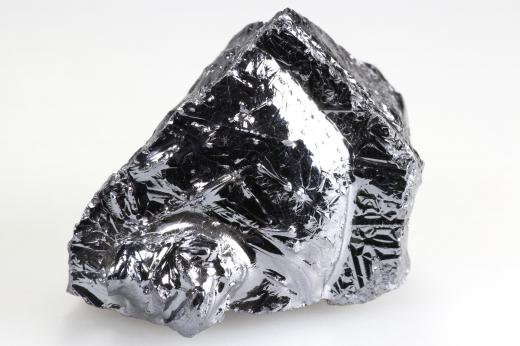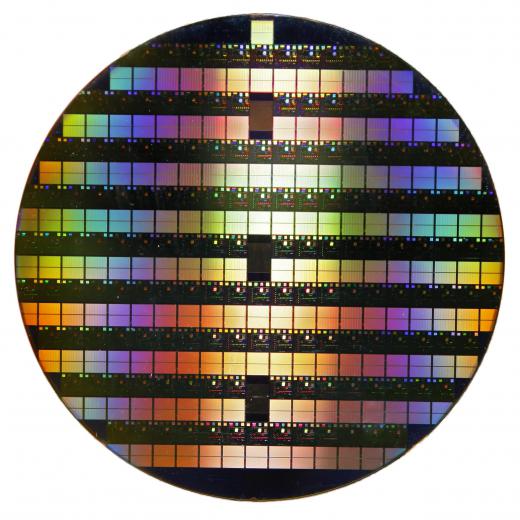What Is Bulk Micromachining?
Bulk micromachining is a method of making extremely tiny mechanical or electrical components. This process typically uses wafers of silicon, but will occasionally use plastic or ceramic material as well. Bulk micromachining starts with a solid piece and removes material until it reaches its final shape, as opposed to surface micromachining, which builds a piece layer by layer. The most common method for performing bulk micromachining is via selective masking and wet chemical solvents. The newer alternative to this method is dry etching using a plasma or laser system to remove unwanted material. This is generally more accurate than wet etching, but it is also more expensive.
Micromachining is the process of making really small parts. These components could be anything from a diode to a toothed gear that is the size of a pen tip. There are two major ways of performing this process. Surface micromachining will use the individual layers of a silicon wafer to create a piece on top of an existing layer. While this is a very important process, it is more difficult to make wholly independent and unique pieces.

In order to make those types of components, manufacturers will use bulk micromachining. In many ways, this is similar to carving a statue out of marble, just on a much smaller scale. A wafer of silicon is processed to remove any part that is unwanted in the final piece. Bulk processing will go from large to small while the surface method goes from small to large.

The vast majority of bulk micromachining uses silicon. The material is extremely cheap since it makes up nearly a quarter of the Earth’s crust. In addition, it possesses a very fine crystalline structure that can break down into layers thinner than a human hair. This allows the material to work on a microscopic level just as well as in the macroscopic.
The most common method of bulk micromachining is called wet chemical etching. First, the work piece is covered in a material that will protect it from a selected solvent. The protective mask is then selectively removed to expose the areas of the piece that are coming off. The work piece is exposed to a solvent, which will then dissolve any unprotected areas and leave the rest intact. Afterwards, the remaining masking material is removed.
The newer method for bulk micromachining is called dry etching. This uses a high-precision device, often a laser, to vaporize unwanted material. When compared to the wet process, this is several less steps and a total lack of potentially hazardous solvents. The main reason this process isn’t more popular is its relative newness, when compared to the wet method, and the expense of purchasing the equipment.
AS FEATURED ON:
AS FEATURED ON:












Discuss this Article
Post your comments